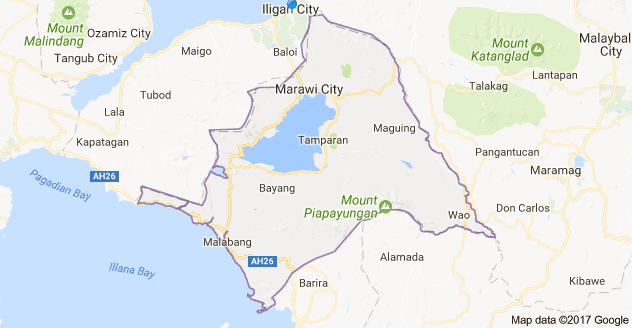Lanao vast natural resources finally draw gov’t focal attention
By Ali G. Macabalang
MARAWI CITY – Residents and officials of Lanao del Sur and this city are all praises for the start of unprecedented government focal attention to harness and develop the vast agriculture and aquatic resources in the province and reduce the Maranao region’s high poverty incidence currently recorded at 74.3 percent.
“This is remarkable, something that we’ve yearned since time immemorial,” Lanao del Sur Gov. Bai Soraya Alonto-Adiong told the Manila Bulletin yesterday.
Gov. Adiong was referring to the launching here Monday of the Duterte government’s Special Areas for Agriculture Development (SAAD) program, a focused intervention in empowering farmers or fisher folks and alleviating poverty proven effectively in North Cotabato.
Agriculture Secretary Manny F. Piñol said a group of young Muslim and Christian professionals his office had formed and trained met with some of mayors in 15 SAAD pilot Lanao towns at the Mindanao State University main campus here on Monday. The locals charted an agricultural growth map “based on the needs and desires of the people,” he said.
In his Facebook post titled “The ‘revolution’ begins,’ Piñol said the SAAD program “mainly concentrates on livelihood programs using the bounties of the community,” with the full participation of residents in “developing these assets to address massive poverty.”
Sec. Piñol said when was governor of North Cotabato he introduced the SAAD program that successfully contributed to the “reduction of the (province’s) poverty incidence from 52.6% in 1998 to only 29% when I left office in 2007.”
But, he said, his successors “abandoned” the program, thus poverty incidence in North Cotabato resurged to “over 40% in recent years.”
“In Lanao del Sur, the SAAD program hopes to capitalize on its natural wealth, including fertile agricultural lands, rich fishing grounds in at least six towns facing the Moro Gulf, the 35,000-hectare Lake Lanao that supplies water running the Agus Hydro Electric Power System and at least four other waterfalls which (residents) could develop to generate power (and) earn tremendous revenues for the local government units,” Piñol said.
He described as the SAAD program’s “ground zero” the town of Butig, saying the municipality is “the symbolic capital of Maranaw civilization which is also being claimed by the extremist groups like Maute, Abu Sayyaf and ISIS as the capital of the Islamic Caliphate in the Southern Philippines.”
With an initial seed fund of P64-million for 2017, Piñol said his agency “will undertake a closely supervised program to develop agriculture and fisheries in Lanao del Sur.”
Less than a week earlier, Piñol warned of suspending the seed fund release in protest of an alleged “molesting” of his female staff by two elected councilors in Butig when his team visited the town on Feb. 9. But he lifted the suspension when the two local officials publicly apologized for having accidentally touched the butt of the female staff while they were walking on a narrow lane leading to a rice field the visitors inspected.
“We forgave the two officials, even as I asked my female engineer staff to just move on (because) there is a greater mission to accomplish: The transformation of Lanao del Sur into one of the key food production areas in five years,” Piñol told the Bulletin on Monday.
Next week, he said, at least10 farmer leaders and several agriculture technicians from Butig will travel to Munoz in Nueva Ecija to learn modern rice farming technology in the PhilRice Center, which is headed by a Maguindanaon rice breeder, Dr. Sailila Abdulla.
Sec. Piñol is one of several visiting officials profusely impressed with the vast resources and potentials of Lake Lanao and its surrounding towns.
During the Martial Law regime, a Swiss diplomat told Maranao leaders led then by late former Governor Ali Dimaporo that his country’s lake, touted as the world’s best, is second only to Lake Lanao. But he wondered why the Maranaos are not wealthy. (Ali G. Macabalang)




